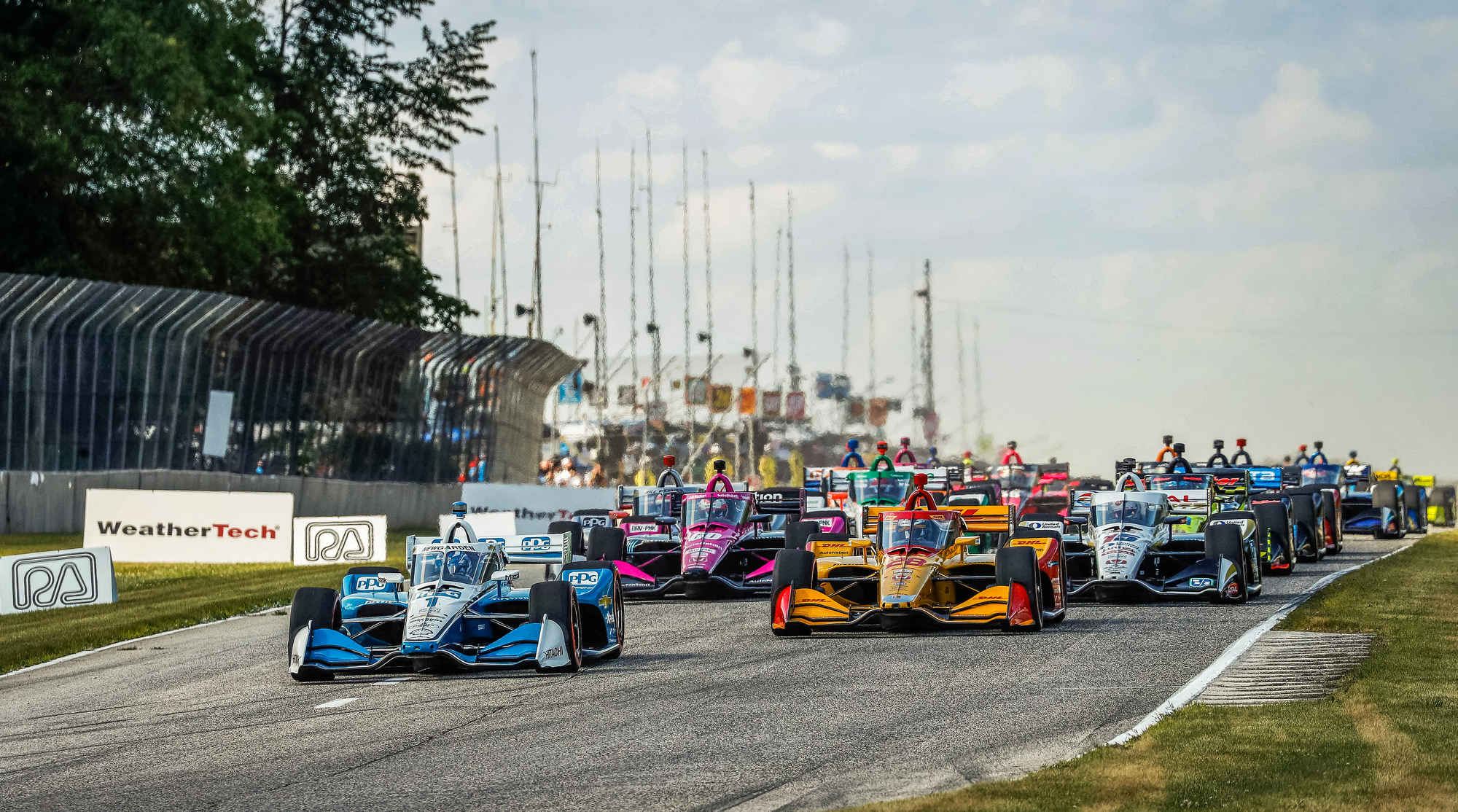14 years after F1 introduced KERS, IndyCar will introduce it
KERS (Kinetic Energy Recovery System) made its F1 debut in 2009 as a driver aid designed to help both overtaking and defending position. At the push of a button, they could access a burst of 80 horsepower for 6.7 seconds a lap, releasing it in one go or at different points around the circuit.
It took IndyCar 14 years to figure out it was a good idea and will introduce it in 2023. What took so long? Electric and hybrid road cars have had it for 10 years or more. At one time IndyCar was state of the art, like F1, but lost its way.
The benefit to F1’s racers back in 2009 was a 10% increase in power, which was worth 0.4 seconds extra lap time.
But KERS had another, arguably more important, role to play in F1, showcasing ‘green’ technology in a sport keen to improve its environmental credentials.
The IndyCar KERS system will be introduced with the new 2.4-liter turbo V6 engine in 2023. The electric motor will sit between the clutch – flywheel assembly and the transmission, and the battery will sit forward of the rear bulkhead and behind the fuel cell, adding around 100 pounds to the already overweight IndyCar.
The internal combustion engine will produce around 800 HP, but when the energy from KERS and push-to-pass is engaged the total power output will be around 900 HP on street and road courses.
IndyCar is still figuring out how to harvest energy for KERS on ovals where the brakes are not used. Mark C. reporting for AR1.com
